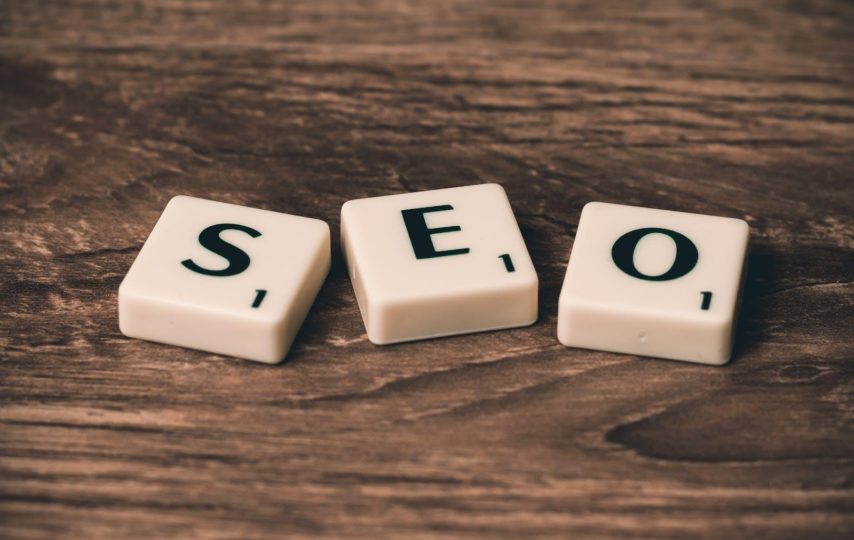A website should be designed in a specific way to be classified as SEO-friendly. On-Site SEO requires you to make changes to your site following the Google algorithm. Making your website rank on top of the search results takes dedicated hours of strategized work. Many opt for professional SEO services to boost their website and gain organic traffic.
To rank on top of the Google search results, one needs to employ the SEO tools well. Factors such as content-optimization and page link, contribute much to determine the rank in the search engine. This article will specifically discuss the importance of image and URL optimization for on-page SEO marketing.
Image Optimization: When was the last time you visited a site and found only texts? Just like the original content you put up on your website to gain organic traffic, you should pay close attention to the images you post on the website. Images no doubt, are an integral part of your website. There are a few rules to choosing the right pictures and videos to be posted to your site.
- Always upload original copyright protected images. If you are to upload found images, make sure you link the source to avoid being flagged. One should always provide the source reference if possible.
- A lot of the times, website images are not engaging enough as the context is not defined. To avoid confusion, you may describe the image in the caption so that the visitors understand what the image represents.
- Use color and image cautiously as it can make-or-break the traffic of a website. Human beings are visual creatures and are driven by sensory pleasure. If the pictures you select to represent your site are not visually appealing, people will most definitely leave the site without reading the article.
URL Optimization: It is crucial to have a URL that works for your site and is not hard to remember. An SEO friendly URL is short but descriptive, and people should be able to pronounce the slug without much effort.
- A big ‘NO’ to special characters in your URL as it looks messy and not professional. Anyone who knows how SEO works would never put special characters and numbers in their website URL.
- It is always better to keep the URL simple, as visitors might get confused about a large URL in the search bar. Also, Google tends to crunch big URLs in the search results. So, if you have a long URL that is not shown fully in the result page, your website might not attract as many people as it could have otherwise.
- If your anchor word clearly defines what the article is all about, you may use the same as the slug of your URL. Use hyphens to separate the words, and you are good to go. Everything after the domain name is case-sensitive; therefore always use lower case letters to avoid duplication of your URL.
It is never enough to create content and put it on your website. To attract an audience, you must use all the tools at your disposal and market your website well.




